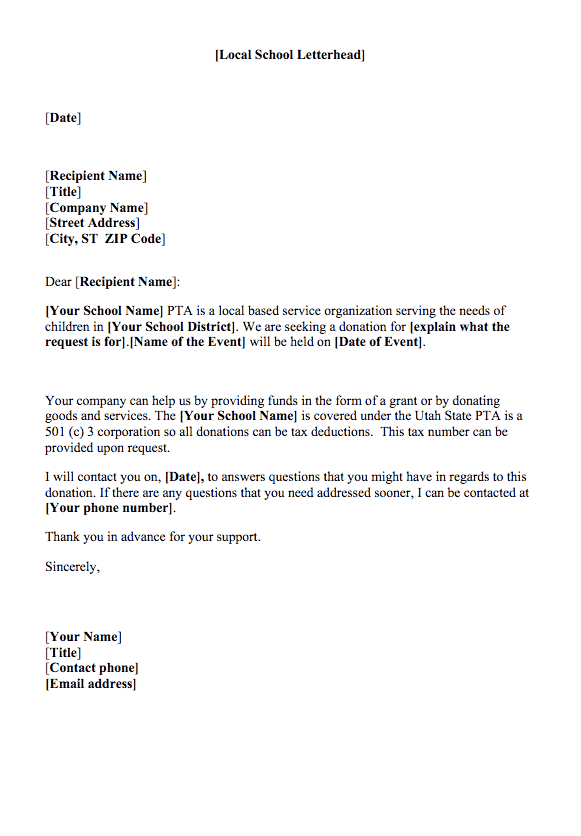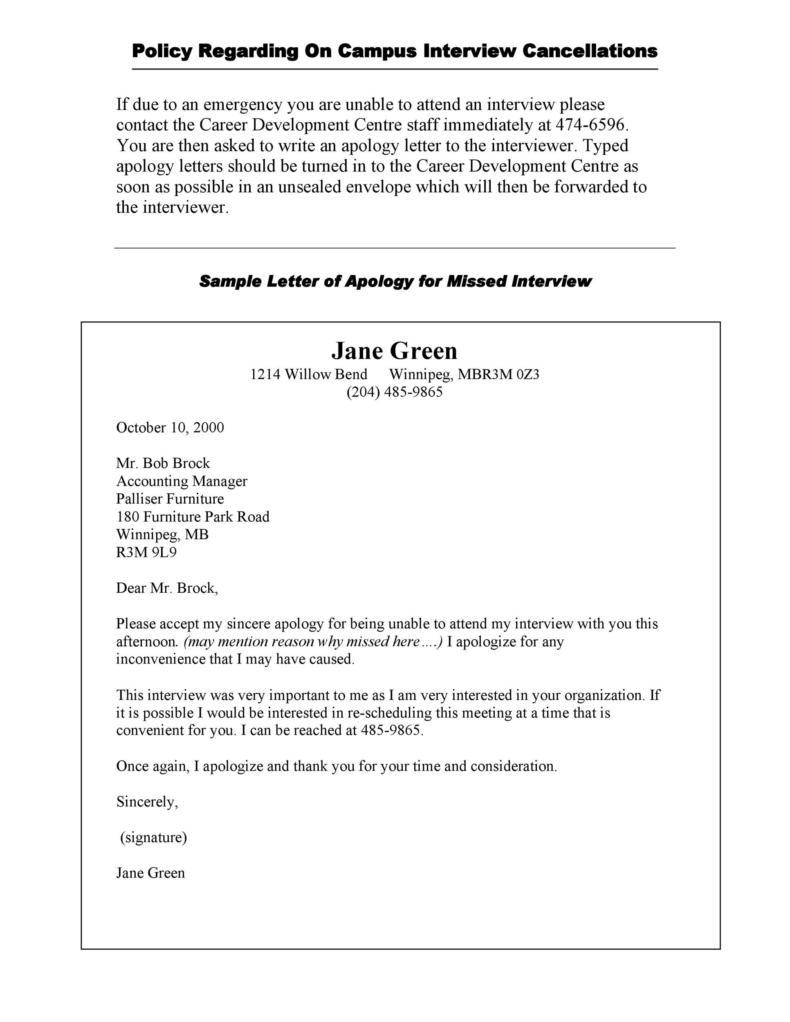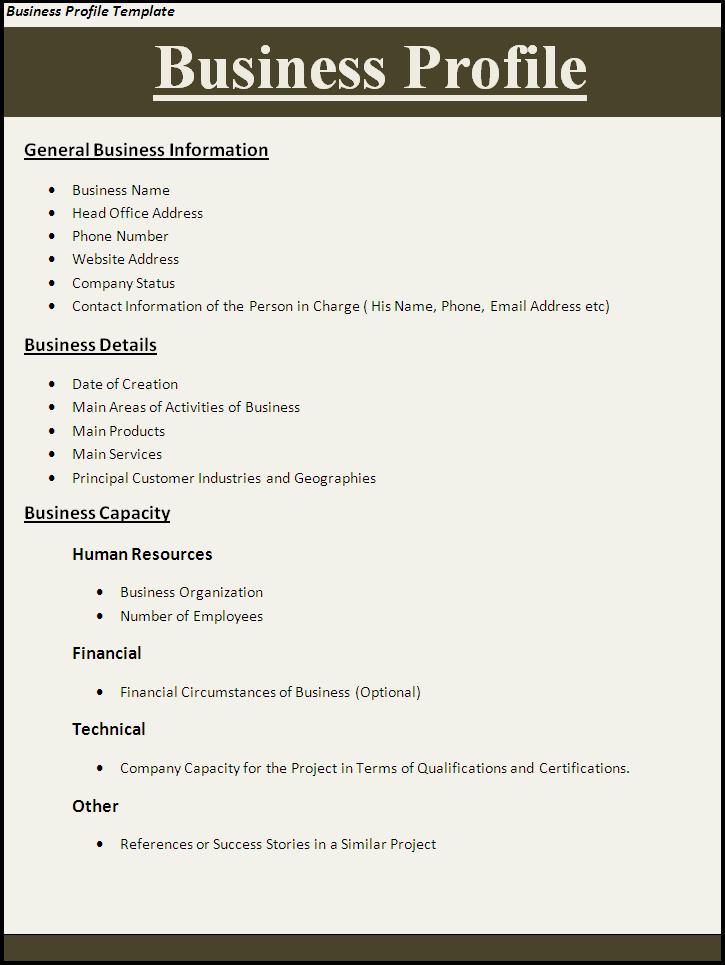Misconduct templateroller
Table of Contents
Table of Contents
If you’re an employer, you’ve likely had to deal with employee misconduct at some point in your career. Fortunately, there is a tool at your disposal that can help address these issues: the warning letter. However, writing a warning letter can be tricky, as you want to ensure you are communicating effectively while still following HR best practices. In this article, we’ll cover the format for warning letter in en_us language, including its target, content, and best practices for writing.
Pain Points of Warning Letters
When dealing with employee misconduct, it can be challenging to decide how to address the issue effectively. You don’t want to come across as too harsh or too lenient, and you want to ensure that the employee understands the gravity of the situation. A warning letter can be an effective way to communicate these concerns, but it can also be a difficult document to write.
The Target of Warning Letters
The target of a warning letter is to communicate concerns over an employee’s behavior, performance, or conduct. The letter should outline the expectations that the employer has for the employee and provide a clear understanding of the repercussions that will result if the behavior continues. It should also be documented and placed in the employee’s file for future reference.
Summary of Main Points
When writing a warning letter, be sure to follow the proper format and HR best practices. Start by outlining the issue and the expected behavior. Be clear and concise in your communication, outlining the consequences if the behavior continues. The letter should be documented and placed in the employee’s file for future reference.
Format for Warning Letter and Its Target
When it comes to writing a warning letter, there are a few key components to consider. First, you should start with a clear and concise explanation of the issue. Be sure to cite specific examples and instances where the behavior or conduct was inappropriate. Next, outline the expected behavior and the consequences if the behavior continues. Finally, be clear that the letter is a formal warning and that the issue will be documented in the employee’s file for future reference.
My personal experience with writing a warning letter involved an employee who was consistently late for work. Despite numerous conversations about the importance of punctuality, the employee’s behavior did not improve. I wrote a warning letter outlining the issue and the consequences if the behavior continued. The employee took the warning letter seriously and improved their punctuality moving forward.
Best Practices for Writing Warning Letters
When writing a warning letter, it is essential to follow HR best practices. Be sure to document any prior conversations or warnings about the behavior in question. Use a professional and neutral tone in the letter, avoiding any personal attacks or accusations. Finally, ensure that the letter is delivered in person and that the employee understands the consequences of their actions.
Additional Tips and Considerations
When writing a warning letter, it is important to keep the following additional tips and considerations in mind:
- Be objective and specific in outlining the issue
- Include examples of the problematic behavior, if applicable
- Be clear and concise in outlining the expected behavior
- Emphasize the gravity of the situation and the consequences if the behavior continues
- Provide resources or support for the employee to improve their behavior
Conclusion of Format for Warning Letter
A warning letter can be an effective tool for communicating concerns over an employee’s behavior, performance, or conduct. When writing a warning letter, it is important to follow HR best practices and ensure that the letter is clear, concise, and objective. By doing so, you can address employee misconduct effectively and promote a positive and productive workplace culture.
Question and Answer
Q1: What should a warning letter include?
A warning letter should include a clear and concise explanation of the issue, specific examples of the problematic behavior, expectations for improved behavior, and consequences if the behavior continues.
Q2: How should a warning letter be delivered?
A warning letter should be delivered in person to ensure that the employee understands the gravity of the situation. It should also be documented and placed in the employee’s file for future reference.
Q3: How can an employer ensure that a warning letter is effective?
An employer can ensure that a warning letter is effective by being clear and concise in their communication, following HR best practices, and documenting the issue in the employee’s file for future reference. They should also provide resources or support for the employee to improve their behavior.
Q4: What are some common mistakes to avoid when writing a warning letter?
Common mistakes to avoid when writing a warning letter include using a confrontational or aggressive tone, making accusations or personal attacks, and failing to follow HR best practices. It is also important to ensure that the letter is clear, concise, and objective.
Gallery
Warning Letter Sample - Englet
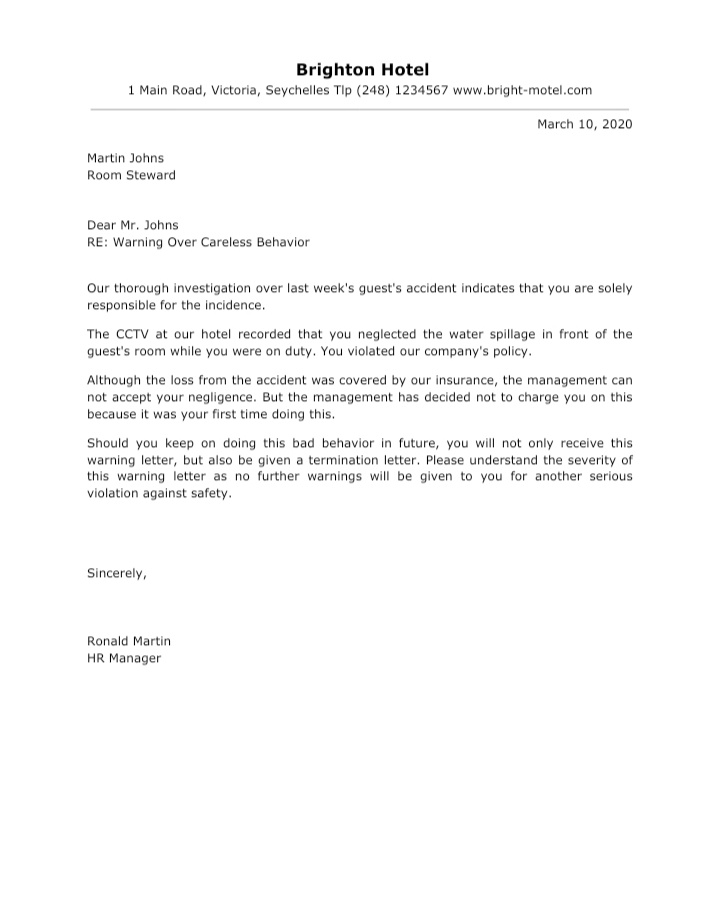
Photo Credit by: bing.com /
Official Warning Letter Template | HQ Printable Documents
Photo Credit by: bing.com / warning
HR Guide: 5 Warning Letter Templates And How To Write
.png)
Photo Credit by: bing.com /
49 Professional Warning Letters (Free Templates) ᐅ TemplateLab
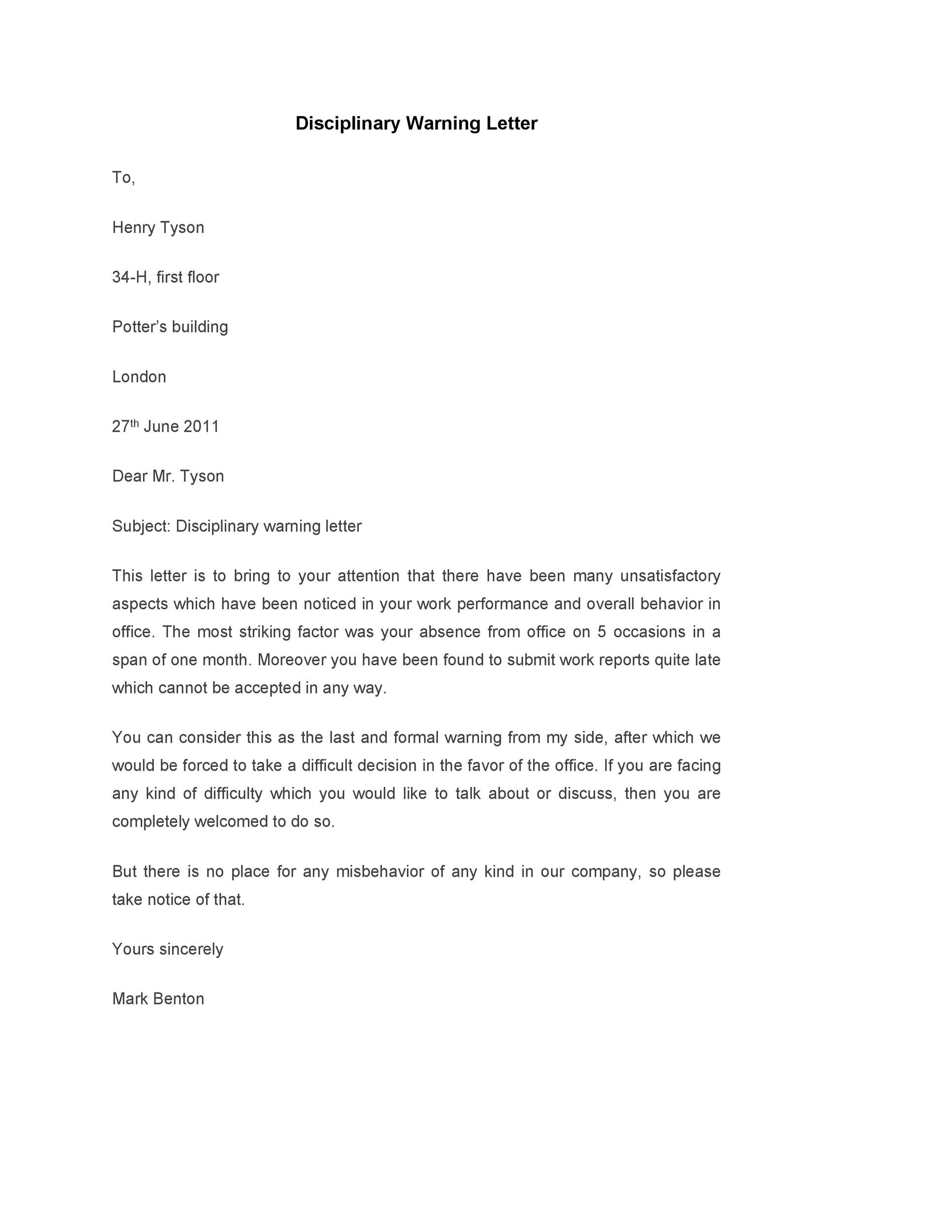
Photo Credit by: bing.com /
Sample Warning Letter To Employee For Misconduct Download Printable PDF
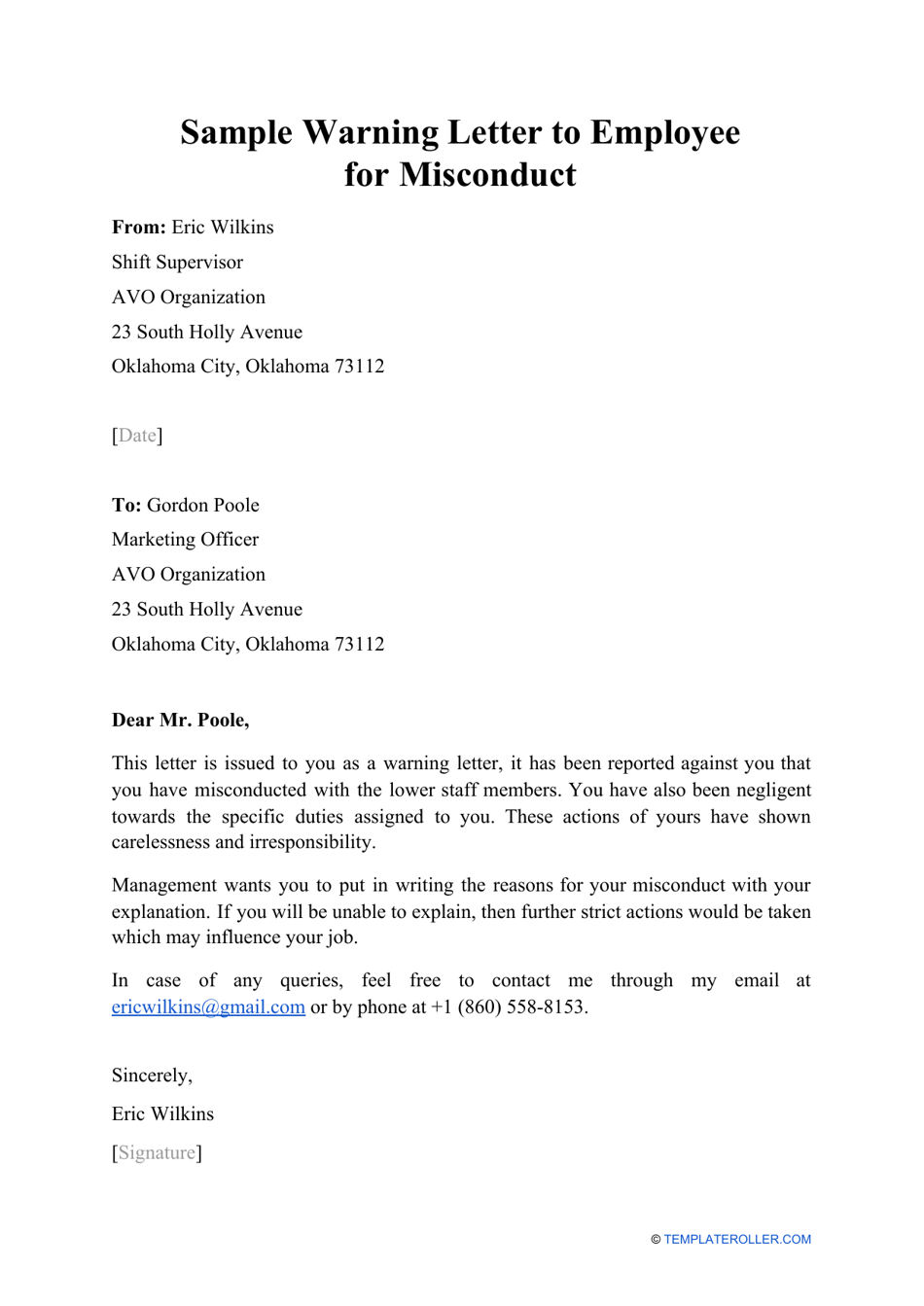
Photo Credit by: bing.com / misconduct templateroller

